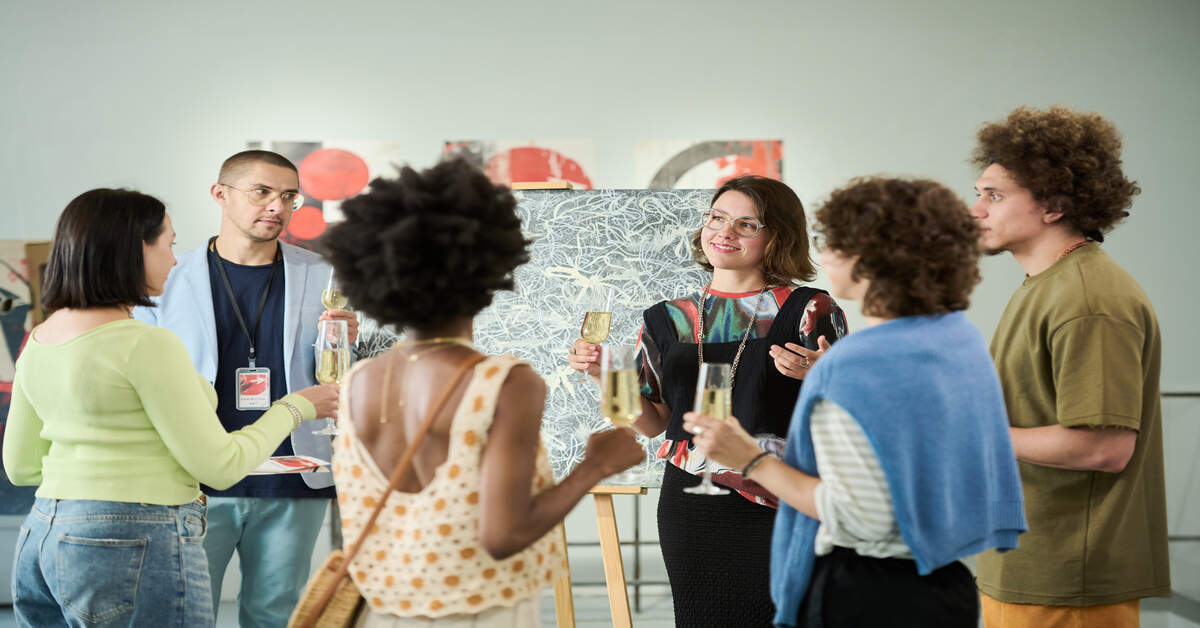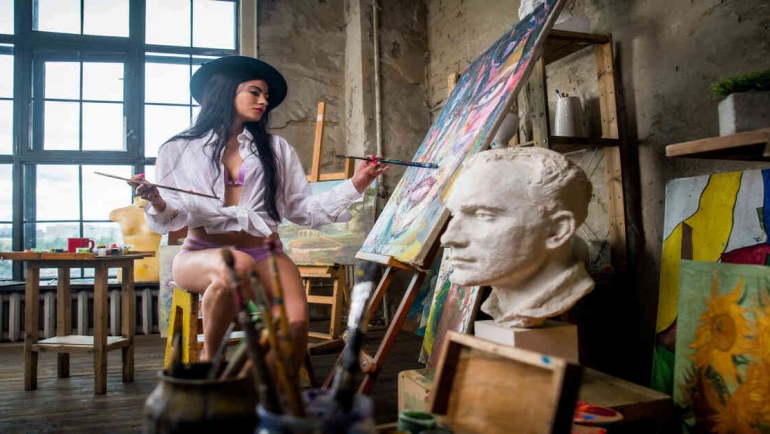Live Performance November 12, 2025

How Are Cultural Events Revolutionizing the Art World?
Art has never existed in autonomy. Since the first theatrical shows to the present day music festivals, the experience of art is deeply influenced by the happenings. Cultural meetings are platforms not only of creativity but also of speeding up the redefinition of artistic expression. Events Transforming Arts is a phenomenon that demonstrates how shared experiences, participation of the audience and immersive environments are transforming creation and appreciation of art in contemporary society.
This discussion will look into the role that festivals, exhibitions and live shows are playing in the revolution of art and why visiting or learning these events will provide some insight on the changing relationship between artists and audiences.
The Historical Roots of Art and Events
Traditionally, art has been centered upon events. In ancient Greece, theater festivals united the society to watch the drama and argue over the values in society. On the same note, the Renaissance was laced by grand displays of painting, sculpture and architecture that were ordered to celebrate religious, civic and individual events. Art and events have always been connected to each other, performances, exhibitions and public installations were giving an environment to creativity to thrive and people to interact. On this note, the idea of Events Transforming Arts is not recent, yet its magnitude and effects have boosted over the modern days.
Modern Festivals as Hubs of Innovation
Cultural events of significant scale in the 21st century have turned into experimentation laboratories. Pop up exhibitions, music and arts festivals, bi-annals and the performances of these events challenge traditional concepts of performance and display. They give artists a platform to explore multimedia, cross-disciplinary work and immersions. Creativity at events such as the Venice Biennale or Burning Man is fluid and interactive, and asks the audience to engage and not just watch. Such meetings are the manifestation of the power of Events Transforming Arts, as these events show that artistic creativity flourishes in communal and social relationships.
Audience Engagement as a Transformative Force
Another characteristic of contemporary cultural events is the concentration on the attention of the audience. Artists are currently creating experiences that react to the actions and emotions of the spectators. Moveable, changeable, responsive installations, performances that use real time feedback, accentuate the changing role of the audience in the creative process. Moving creator and observer questioning the form of traditional limits, this also represents one of the most relevant ways how Events Transforming Arts are altering the sphere. The audience ceases to be a receiver only and turns out to be co-creators, collaborators and participants of the artistic narrative.
Cultural Exchange and Global Perspectives
Cross-cultural dialogue happens also through events. Global art fairs, music festivals and international exhibitions unite artists of different origins and provide a chance to share techniques, philosophies and stories. Such interactions enhance the development of new types of art which expresses the fusion between traditional and contemporary worlds. The events held by linking people with various parts of the world is an affirmation of the wide scope of the Work of Events Transforming Arts. They promote the production of work that can be addressed to universal experience and remain specific to culture, diversity in the world of art.
The Role of Technology in Shaping Events
Technology has increased the transformational aspect of the events. Performs are increasingly incorporating virtual reality, projection mapping, and interactive installations to provide the audience with a new experience of art. Online festivals and livestreamed exhibitions allow art to reach the rest of the world far beyond its physical location, bringing creative experiences to the whole world. The technological adoption is a current stage in the history of Events Transforming Arts, where the digital innovation serves as a mediator between the creator and viewer, and where the sensory perception of art is further enhanced beyond conventional boundaries.
Economic and Social Impacts
The impact of events on artistic development is quantifiable, as well as economic and social systems. Tourism is brought to festivals, biennales, and cultural gatherings, revenue is raised and local economies are boosted. Meanwhile, they form collaboration networks between artists, curators and educators. These events encourage social inclusiveness, diversity, and communication among communities. By understanding the entirety of Events Transforming Arts, it is important to note that they are not only valuable to aesthetics, but they also define the society by providing a common experience, generating creativity, and cultivating cultural identity.
Education and Professional Development
Educational platforms are also through cultural gatherings. Interactive exhibitions, workshops and artist talks enable emerging creatives to gain knowledge of established practitioners. Students have an opportunity to observe methods, listen to other artistic philosophies and experience. Through the process of immersion in these events, the learners can see the works of theory in practice. Events Transforming Arts concept, thus, is closely related to pedagogy as it offers a chance of professional development and acquisition of skills in a way that cannot be offered by classroom teaching.
Challenges and Considerations
Although the potential of events to transform is great, there are problems. The key issues include accessibility, sustainability, and cultural integrity preservation. Large-scale events may be offensively dismissive of the local community or be a cause of environmental stress. Organizers and artists need to create a balance between spectacle and social responsibility. Studying Events Transforming Arts thus is not only a time of celebration of innovation but also a time of critical thinking with regards to both ethical and practical implications.
FAQs
1: How do events contribute to the development of new artistic forms?
Events provide artists with platforms to experiment with materials, techniques, and interactive approaches. By engaging with audiences and peers in real-time, they foster innovation and hybrid art forms.
2: Can digital events have the same impact as physical gatherings?
While physical presence offers immersive sensory experiences, digital events expand accessibility, allowing global audiences to participate. Both forms contribute uniquely to Events Transforming Arts by reaching diverse populations.
3: Why are cultural gatherings important for community building?
Shared artistic experiences foster social cohesion, encourage dialogue across differences, and strengthen cultural identity. Events act as communal touchpoints where creativity and society intersect.
Conclusion
The changing nature of events in art proves the fact that creativity is not only the individual process but the process shared. The cultural events like festivals, exhibitions, or immersive shows are transforming the manner in which artists perform, with audiences interact, and the connection among societies. It is indicated in the concept of Events Transforming Arts that art does not just thrive in talent and imagination, but through interaction, collaboration and experience.With the art world and their audiences still experimenting with new forms, technologies and spaces, events will continue to be a key element in the well-being of art. They are the places where innovation collides with tradition and inspiration collides with participation and where creativity becomes a boundary-blurring force. The history of art is the history of parties, and we will be reminded that we experience the greatest artistic things when we do them together.


